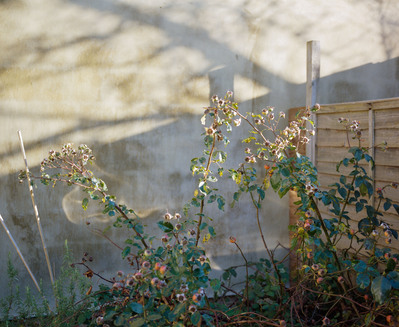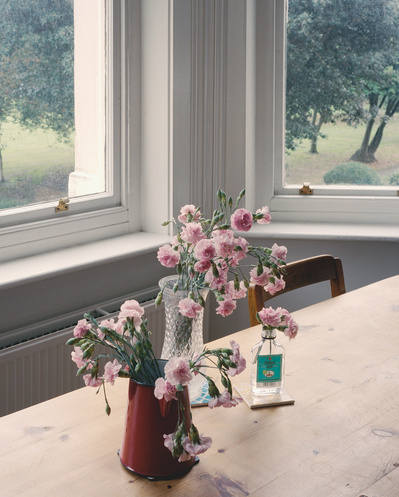After the 1989 Revolution, when both borders and markets opened up towards the new possibilities of the free Western world, Romanian TVs – previously only showing Communist propaganda and state approved shows – now ran commercial breaks advertising brightly coloured products and people smiling, showing perfectly white teeth. A flood of attractive products we had never seen before, but may never afford. One commercial stood out, it didn't make sense to my 7 year old brain, so I asked my school friends “What's Always?”. No one would tell me, some of them suggesting I should ask my mother. “Oh this must be one of those things I shouldn't ask about” I thought. “I'm always getting things wrong.” I was too ashamed to ask Mum.
A few years later, two young women visited to our school to teach us about periods, in a special class organised just for the girls. The two women must have been sent by Procter & Gamble to explain types of products, the difference between an internal tampon and an external pad, essentially prepare a new generation of consumers of their products: Always pads. “A-ha! I finally get to hold one, how lucky are we to get some free samples?” They must have known my mother's generation had been relying on cotton wool and homemade options. The two young women also gave us a little calendar notebook to start using when our time came: we should mark every period so we learn our body's rhythm.
I remember diligently, and somewhat excitedly, marking my first period knowing this meant a new phase in my life. But the first few months were confusing, stressful. Using pocket money, too ashamed to tell Mum I needed pads, instead buying products that just weren't up to the task. Constantly excusing myself during classes to use another one, and another still. The boys started teasing me during break time, adding to the cloud of shame, making me want to talk about it even less. And then the pain,.... a pain I'd never felt before. Unable to focus on classes, all I could think of was the burning pain that just didn't seem to go away. I wanted to go back to not having periods, not having this all-consuming pain. If all girls get periods, is everyone else hurting too? Am I the only one who's too weak to handle this?
The calendar notepad didn't make sense either. There was no rhythm, it seemed to be random, chaotic even. The other girls said theirs was fairly regular: three days here, four days there. One winter day, in agony, not knowing where else to go, I asked my piano teacher for advice. I stood by the terracotta heater, my insides ripping apart, dizzy with pain. “Are you on your period, Ioana?” “I shouldn't be, it only just finished two weeks ago.” She gave me a paracetamol and told me to take the bus home. Getting changed, I realised my favourite black jeans had been soaked down to the knees. My first thought was “imagine the shame if someone had seen me”.
The excitement of the new phase quickly faded, the calendar cast aside after a year, it wasn't making any sense. There was no rhythm, just searing pain, blood and chaos. In my twenties, doctors prescribed hormonal contraceptives. Some eased the symptoms, others created side-effects I should have flagged but instead I just put up with: night sweats, anxiety, depression. Microgynon also contained lactose, and I was intolerant – again, something I thought I just had to put up with because I must be broken and no one knows how to fix me.
My final straw was nearly passing out in the office one morning, seeing horrified colleagues try to make sense of a pain I said was familiar. Searching for answers from yet another doctor, at 35, the radiologist said "Look, it lights up like a Christmas tree!". "It's adenomyosis: there are no cures but we could induce you into medical menopause, it may help." I wanted to scream.
The NHS lists adenomyosis as “more commonly diagnosed in women over the age of 30”. Perhaps because women like me start demanding answers, no longer accepting trial-and-error.














